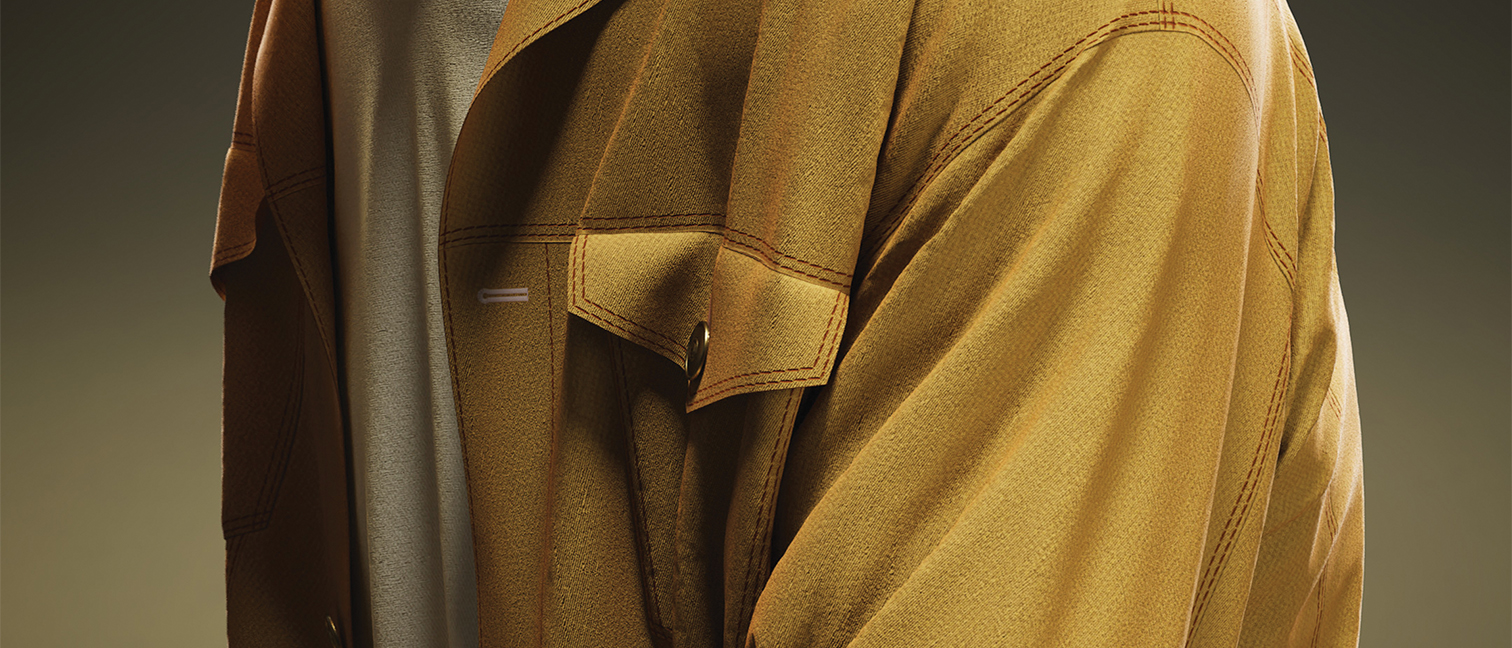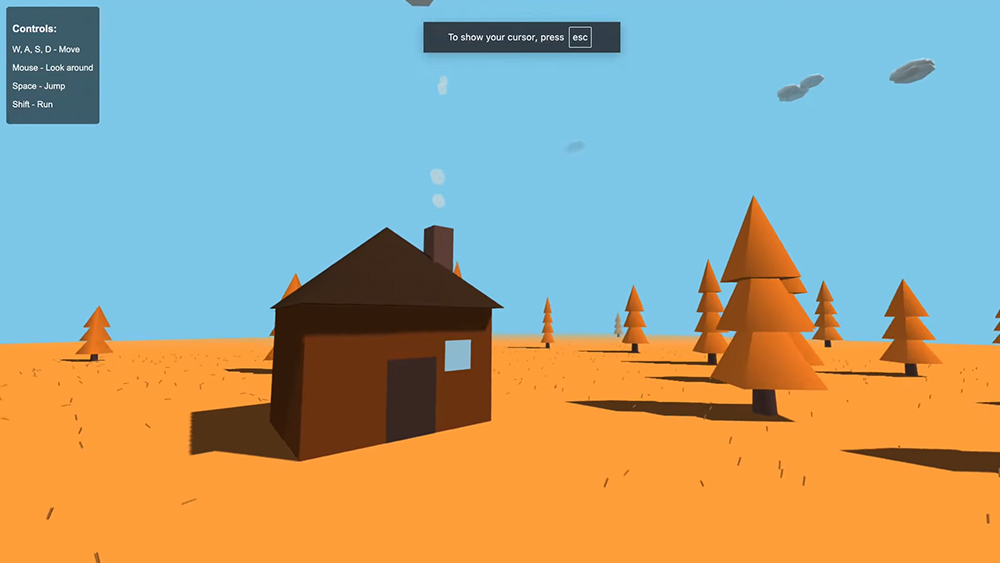Our Verdict
A great range of new features that will significantly improve workflows and outputs for clothing designers. Roadmaps for future development suggest a plan to turn embryonic features into fully fledged, production-ready ones.
For
- Better clothing simulation tools
- Unreal Engine link support
- Roadmaps for further improvements
Against
- Subscription fee
- Takes time to master
Why you can trust Creative Bloq
Price $40 / £30 per month
Company CLO Virtual Fashion
New features Multiple wind controllers, video capture, soft body simulation, auto convert to avatar, auto rigging, polygon optimising, texture baking, Unreal Editor via LiveSync, puckering tools
CLO Virtual Fashion has launched Marvelous Designer 2024, and it’s stronger than ever. This is a software toolset that simulates the movement of cloth in realistic ways and has become a mainstay of film VFX and video game development, mixing 3D modelling with real world fashion design workflows. It's kind of marvelous.
Ever since Marvelous Designer first debuted, it has been making waves across the 3D community, with one of its first major recognitions being Weta Digital using it for their film The Adventures of Tintin in 2011. More recently, it was great to see CLO Virtual Fashion’s co-founder, Jaden Oh, win an Academy Scientific and Technical Award for his work on the software.
Marvelous Designer 2024 sees a range of sizeable improvements to the software, including soft body simulation support, automatic avatar conversion, and a brand new live link to Unreal Engine. These, along with a host of other features, further cement Marvelous Designer’s position as the forerunner in digital clothing creation. You will need one of the best laptops for 3D modelling to get the most from Marvelous Designer 2024's tools (while it will run on an AMD Ryzen 7000 series or higher this software has been optimised for Nvidia RTX 3000 series and above - see our guide to the best Nvidia graphics cards or most powerful laptops for more info).
Marvelous Designer 2024 review: improved simulation
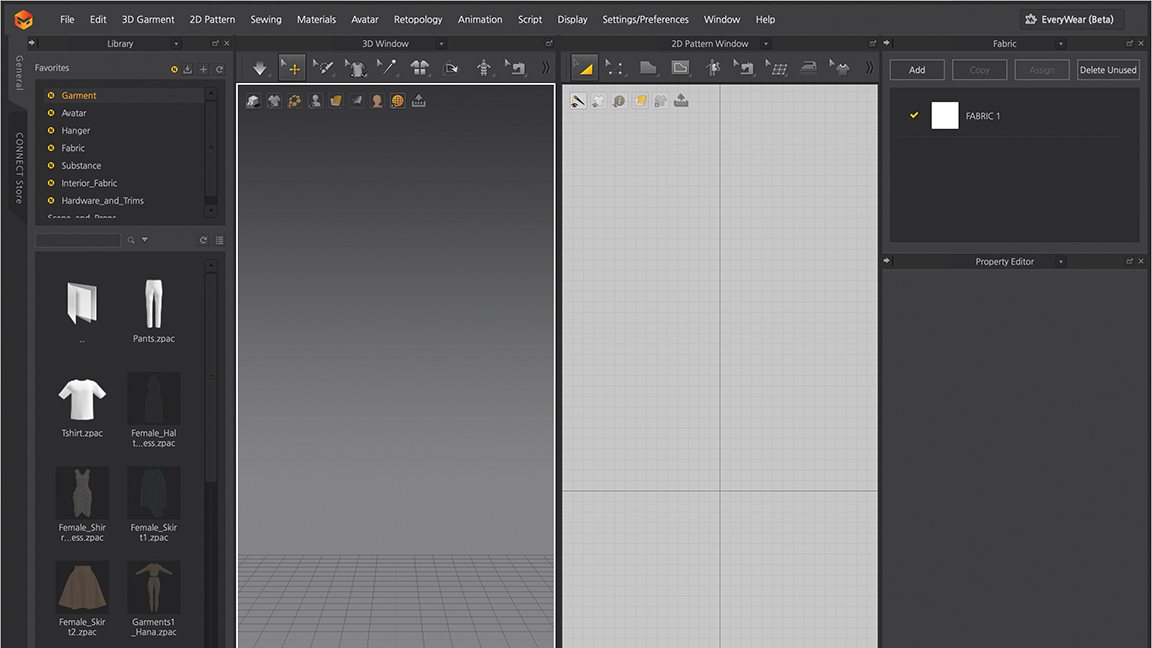
One of the most eye-catching new features is the new Soft Body simulation, an improvement that is designed to allow for more realistic cloth-to-body interactions, helping to streamline the process of ensuring that fabric and skin interact in the most believable way possible. This is important to get right for all types of clothing, but even more so for the tight-fitting garments such as underwear.
One precarious aspect that always has the potential to trip users up is the risk of the avatar protruding out of the garment. In more free-flowing garments this is a much smaller risk, but it’s those pesky tight-fitting clothes that are much more susceptible to issues.
Unfortunately, at this stage support is only offered for Marvelous Designer’s default avatars. I do expect this to be extended in subsequent versions, but for now you’ll just have to either use their avatars or forgo being able to utilise this new feature. There is also another limitation where skin deformations can only be exported as alembic caches.
Marvelous Designer 2024 review: more automation
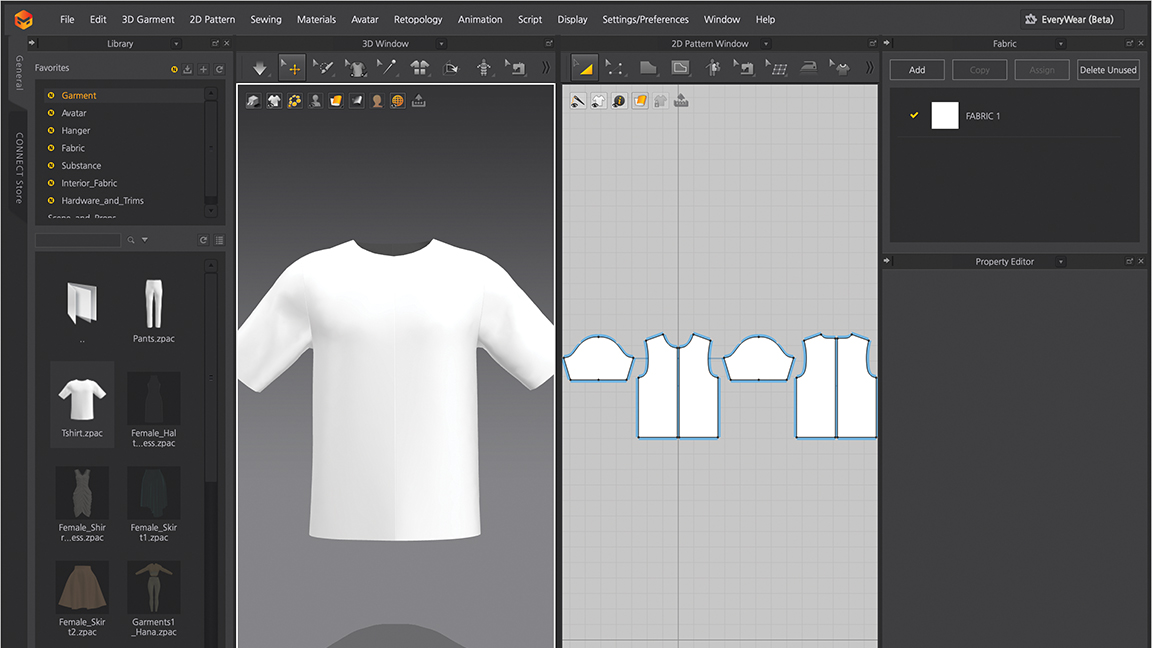
A new puckering feature makes it easier than ever to showcase fine wrinkles in an outfit. A certain amount of fine-tuning and fiddling is still required to create those extra details, but it’s now much easier than it was. Puckering can be achieved on pattern outlines, inner line segments, and also sewing lines.
There are times a designer will need to utilise their own custom avatar on a project. This can be problematic in Marvelous Designer, because it won’t necessarily be compatible due to the lack of an appropriate skeleton. Marvelous Designer 2024 now includes a tool to automatically convert these externally created avatars into default avatar types. The converted types include the necessary internal skeleton and its associated motions.
This isn’t the only feature that will help you integrate Marvelous Designer into your art and creative production pipelines. Another example is the new EveryWear system, which helps you optimise clothing for use in real-time engines like Unreal and Unity that can’t necessarily cope with such a high level of detail. These changes, along with the others, show Marvelous Designer’s commitment to making sure the application is useful as one tool in the midst of an artist’s wider workflow.
Marvelous Designer 2024 review: Unreal Engine 5 tools
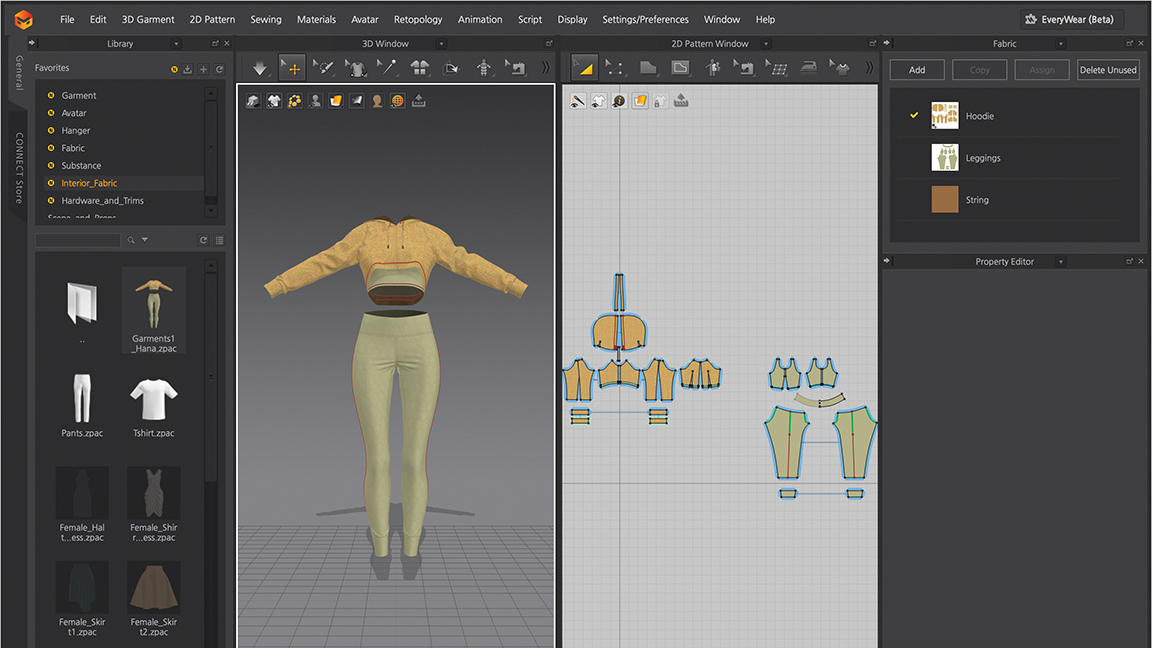
The requirement to create realistic clothing simulations in real-time engines such as Unreal and Unity is increasing all the time. Unreal Engine 5 has its own cloth solution, Chaos Cloth, but this doesn’t always fit into an artist’s workflow, especially if they are familiar with the tools of Marvelous Designer.
Through a new sync feature, it’s possible to create a live link between Marvelous Designer and Unreal Engine 5. This means that changes can be previewed in real time without having to manually export data. A live feature like this makes the whole process as streamlined as possible.
Note though, that this feature should come with a word of warning. It still needs plenty of work to turn it into something that’s 100% reliable and full featured; use it in your production context with caution. At this stage, it doesn’t fully support fur or accessories, and you also won’t have access to it if you’re using one a MacBook Pro, even one of the new M3 Pro models, although this is part of their advertised roadmap.
Overall Marvelous Designer 2024 improves on its core features, adds some good new tools and syncs easier with the main platforms many game artists and VFX creatives use, namely Unreal Engine and Unity. What's here remains great but expect some of the newer tools to be optimised this year too.
This content originally appeared in 3D World magazine, the world's leading CG art magazine. Subscribe to 3D World at Magazines Direct.

Thank you for reading 5 articles this month* Join now for unlimited access
Enjoy your first month for just £1 / $1 / €1
*Read 5 free articles per month without a subscription

Join now for unlimited access
Try first month for just £1 / $1 / €1
out of 10
A great range of new features that will significantly improve workflows and outputs for clothing designers. Roadmaps for future development suggest a plan to turn embryonic features into fully fledged, production-ready ones.

Paul is a digital expert. In the 20 years since he graduated with a first-class honours degree in Computer Science, Paul has been actively involved in a variety of different tech and creative industries that make him the go-to guy for reviews, opinion pieces, and featured articles. With a particular love of all things visual, including photography, videography, and 3D visualisation Paul is never far from a camera or other piece of tech that gets his creative juices going. You'll also find his writing in other places, including Creative Bloq, Digital Camera World, and 3D World Magazine.
